#Enhydra lutris
Text

A northern sea otter (Enhydra lutris kenyoni) hauled on the ice in Alaska, USA
by Gregory "Slobirdr" Smith
#northern sea otter#sea otter#otters#mustelids#enhydra lutris#enhydra#mustelidae#carnivora#mammalia#chordata#wildlife: alaska#wildlife: usa#wildlife: north america
166 notes
·
View notes
Text

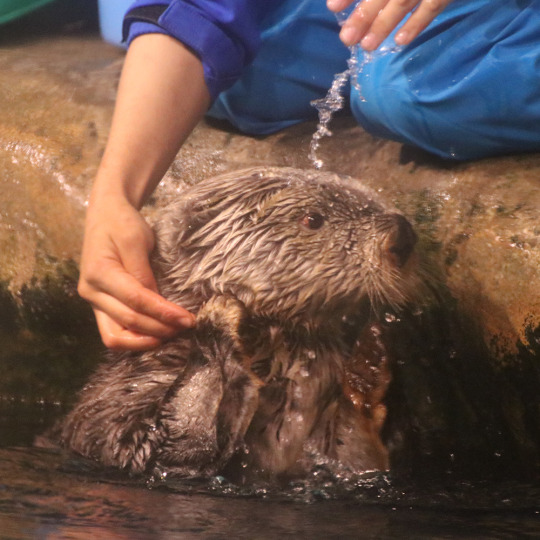
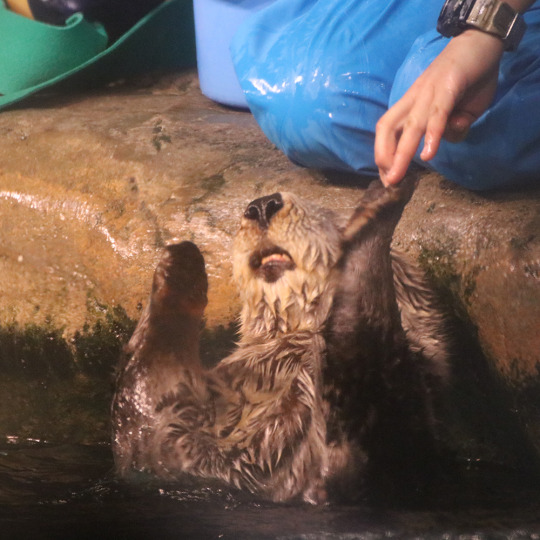
ラッコの撥水効果がすごいという話で、頭から水をぶっかけられまくっていたリロくん
Lilo the sea otter gets sprayed with water from the head during a demonstration of the otters' amazing water repellency.


8月に鳥羽水にいったので今年は全部のラッコに会えた
なんと贅沢な
I went to Toba Aquarium in August, so I got to see all the otters in Japan this year!
What a luxury!
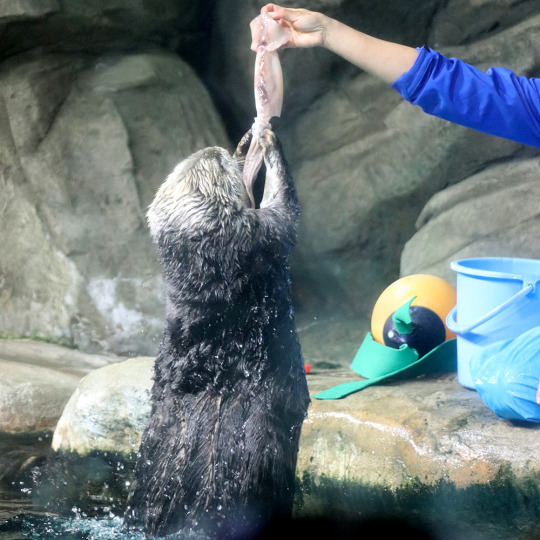
最後は大ジャンプしてイカをもらっていた
@マリンワールド海の中道
At the end, he made a big jump and got a squid.
@Marine World Umino-Nakamichi
33 notes
·
View notes
Text

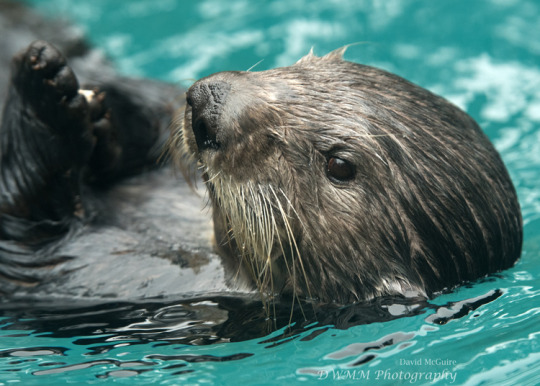


Waiting for their surfboard enrichment.
#sea otter#zoo photography#seattle aquarium#oregon zoo#point defiance zoo & aquarium#otter#my photos#enhydra lutris#animal portrait#mustelid
50 notes
·
View notes
Text

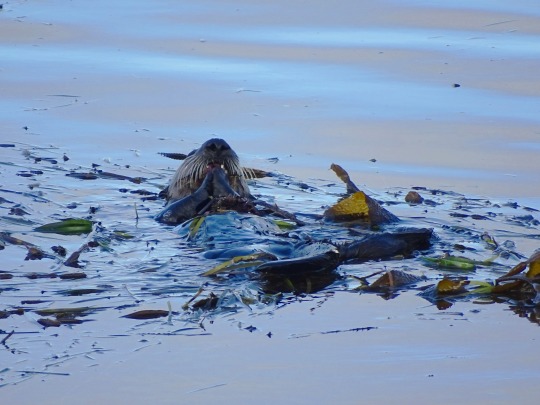
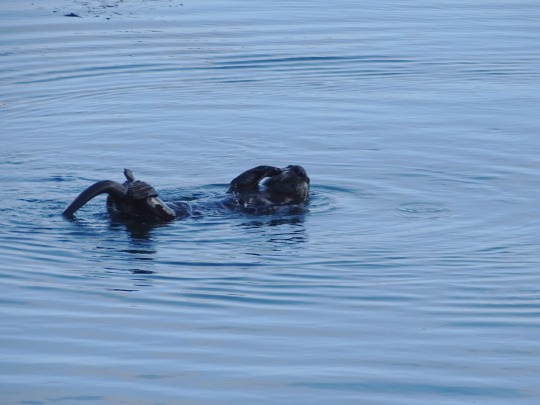
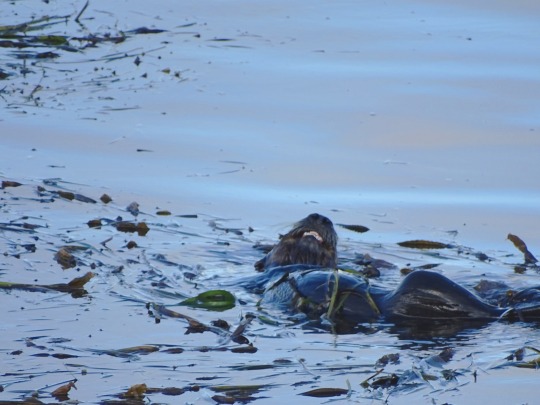

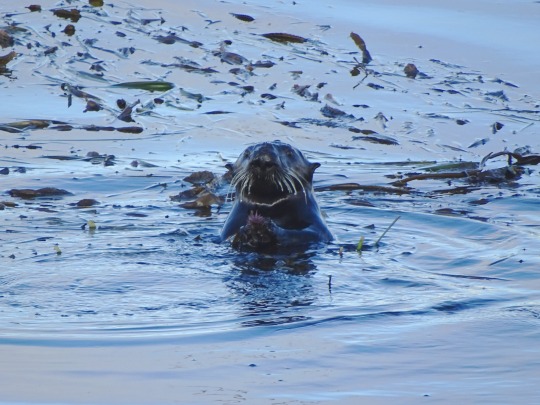

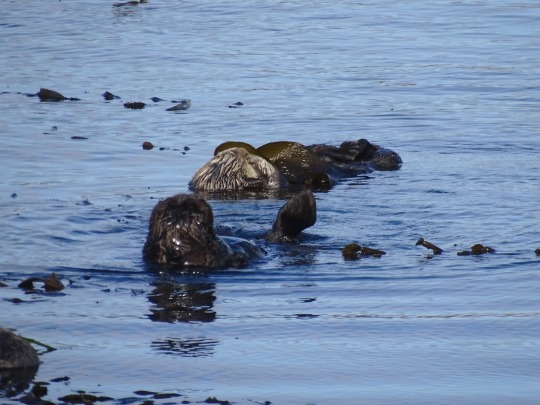


Sea Otter Heaven, Morro Bay (No. 6)
Although the southern sea otter's range has continuously expanded from the remnant population of about 50 individuals in Big Sur since protection in 1911, from 2007 to 2010, the otter population and its range contracted and since 2010 has made little progress. As of spring 2010, the northern boundary had moved from about Tunitas Creek to a point 2 kilometres (1.2 mi) southeast of Pigeon Point, and the southern boundary has moved along the Gaviota Coast from approximately Coal Oil Point to Gaviota State Park. A toxin called microcystin, produced by a type of cyanobacteria (Microcystis), seems to be concentrated in the shellfish the otters eat, poisoning them. Cyanobacteria are found in stagnant water enriched with nitrogen and phosphorus from septic tank and agricultural fertilizer runoff, and may be flushed into the ocean when streamflows are high in the rainy season. A record number of sea otter carcasses were found on California's coastline in 2010, with increased shark attacks an increasing component of the mortality. Great white sharks do not consume relatively fat-poor sea otters but shark-bitten carcasses have increased from 8% in the 1980s to 15% in the 1990s and to 30% in 2010 and 2011.
Source: Wikipedia
#Sea Otter Heaven#California sea otter#Enhydra lutris#Morro Bay#hotel#travel#original photography#vacation#tourist attraction#USA#summer 2022#Califorina#West Coast#San Luis Obispo County#wildlife#animal#seaweed#Morro Rock Ecological Preserve#Pacific Ocean#beach#cityscape#landscape#seascape#kelp#fauna#landmark#marine mammal
10 notes
·
View notes
Text

Sea Otter with a pup
3 notes
·
View notes
Text
¿Sabías qué?
¿Sabías qué?
Con el tema:
La nutria peluda
#aperturaintelectual
#sabiasqueaintelectual
La nutria peluda
Si cada mañana te miras al espejo y ves con desagrado que has perdido cabello, enterarte de éste dato, solamente te hará pegar un coraje bárbaro; porque si bien es cierto que el ser humano todos los días deja rastro de la pérdida de cabello ya sea en la almohada, la bañera o el cepillo y que lo normal es que sean aproximadamente 100 cabellos de entre los 90 y 150 mil con los que…

View On WordPress
#AperturaIntelectual#sabiasqueaintelectual#400 mil pelos por centímetro cuadrado#Defenders of wildlife#Enhydra lutris#Nutria Marina#Recuperar una especie animal#Sabías que
2 notes
·
View notes
Video
Embed from Getty Images
getty
source
#my upload#watercore#otter#sea otter#enhydra lutris#water#poolcore#naturecore#sorry its getty images so it embeds as a video on mobile -_-
2 notes
·
View notes
Text



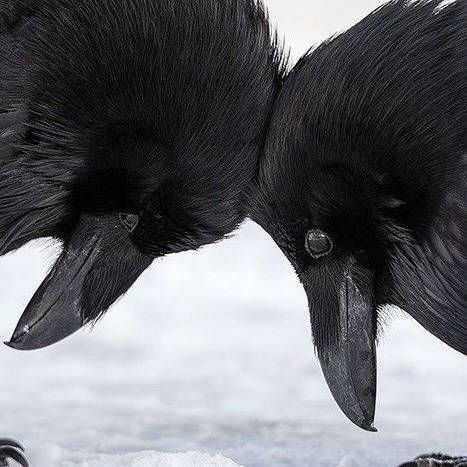
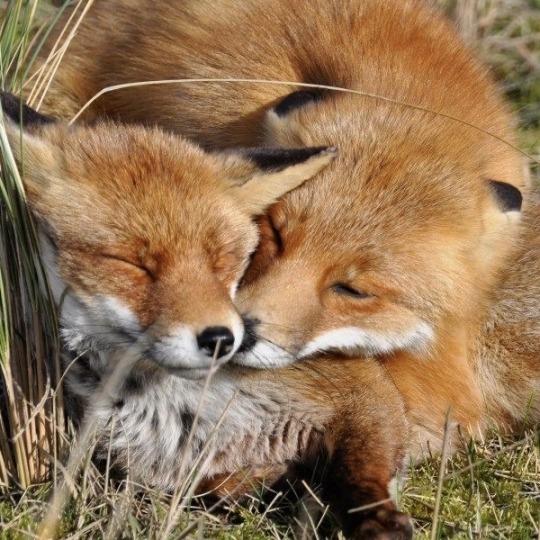

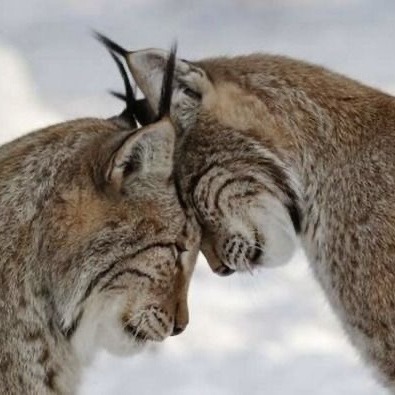


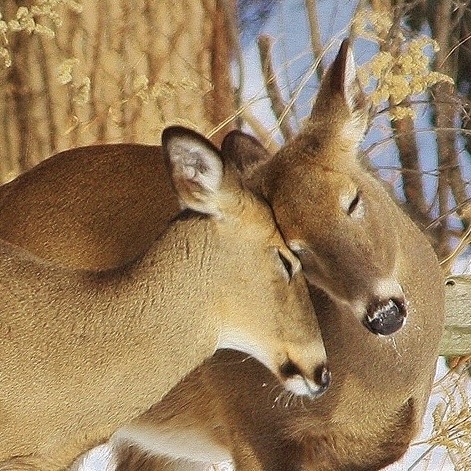
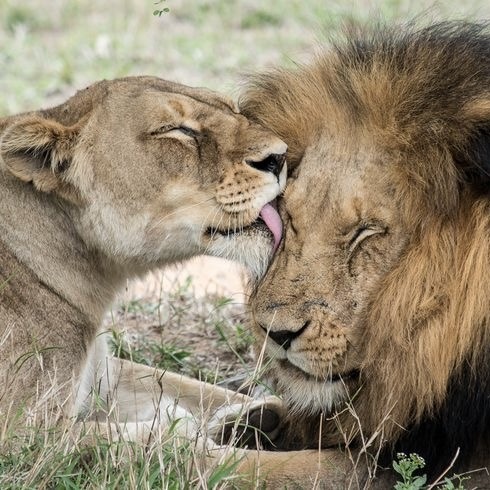




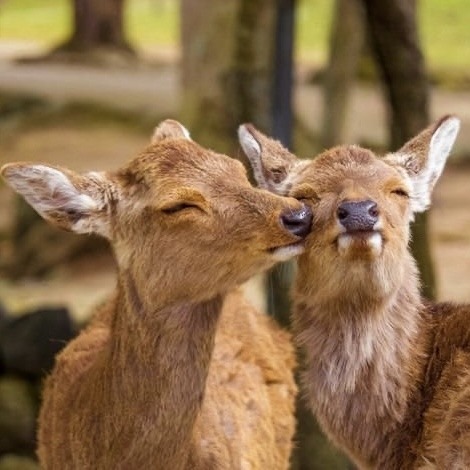


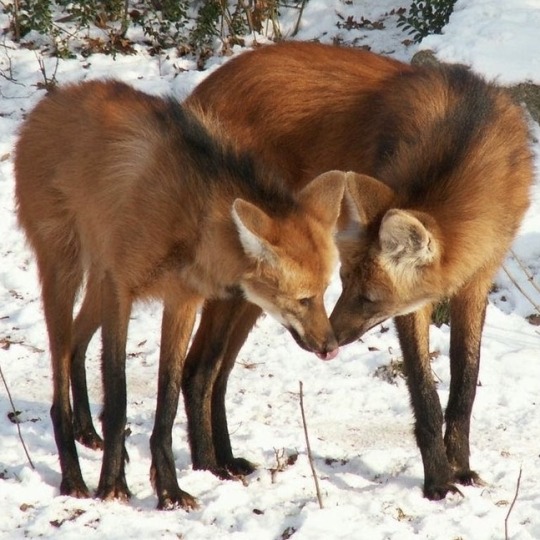


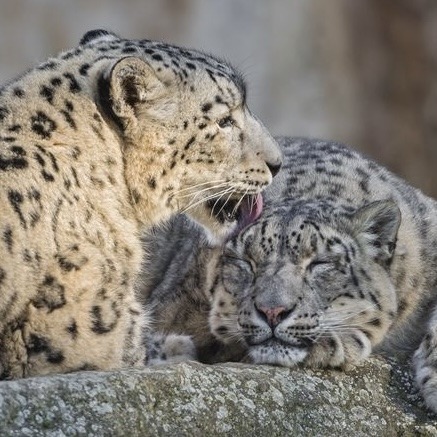
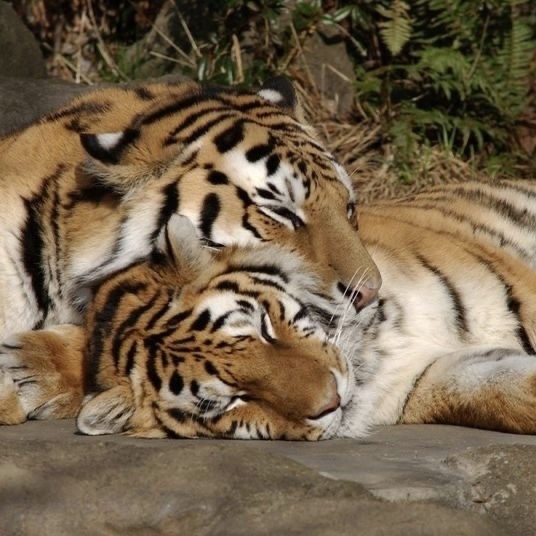
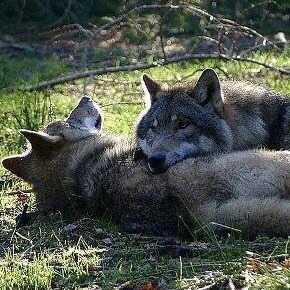
LOVE IS EVERYWHERE !
#most of these are familial btw ^_^#and the gay penguins#☆#🐯#ferret (mustela furo)#serval (leptailurus serval)#virginia opossum (didelphis virginiana)#common raven (corvus corax)#red fox (vulpes vulpes)#cheetah (acinonyx jubatus)#eurasian lynx (lynx lynx)#wolf (canis lupus)#ural owl (strix uralensis)#white-tailed deer (odocoileus virginianus)#lion (panthera leo)#sea otter (enhydra lutris)#brown bear (ursus arctos)#capybara (hydrochoerus hydrochaeris)#whale shark (rhincodon typus)#sika deer (cervus nippon)#king penguin (aptenodytes patagonicus)#domestic cat (felis catus)#maned wolf (chrysocyon brachyurus)#orca (orcinus orca)#harbour seal (phoca vitulina)#snow leopard (panthera uncia)#tiger (panthera tigris)
244 notes
·
View notes
Text
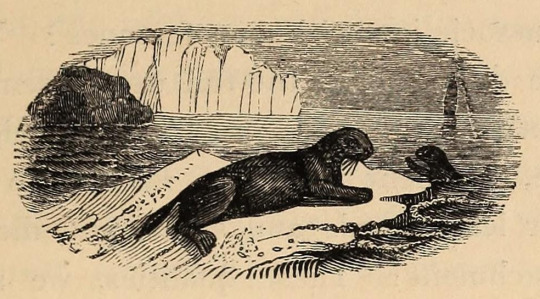
Sea otter (Enhydra lutris)
A Natural History of British and Foreign Quadrupeds. Written by James H. Fennell. 1843.
Internet Archive
124 notes
·
View notes
Text
Today's Wet Beast Wednesday is about sea otters. I was originally going to do this last week in honor of the 24th birthday of Rosa, the world's oldest sea otter (and one of the oldest sea otters on record) but, well, I forgot. But better late than never.
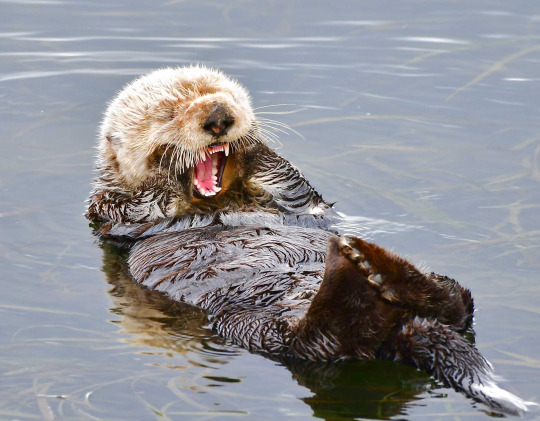
(Image: a sea otter on its back, yawning)
The sea otter (Enhydra lutris) is one of only two otters to live in salt water, the other being the rare and poorly-understood marine otter (Lontra felina). Otters are aquatic mammals of the family Mustelidae, which makes them cousins to weasels, badgers, wolverines, and martens. While many mustelids can swim, otters have adapted to a primarily aquatic lifestyle. Sea otters are divided into three subspecies: the Asian sea otter (Enhydra lutris lutris) which lives from northernmost Japan up through the northwest Pacific, northern sea otter (E. l. kenyoni) which lives from Alaska down to Oregon, and the southern sea otter (E. l. nereis), found in California.
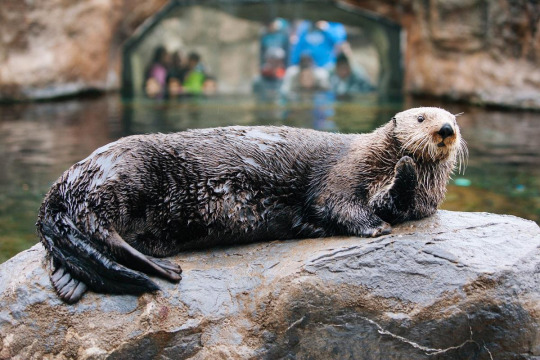
(image: a sea otter relaxing on a rock)
The sea otter is one of the smallest marine mammals (only the marine otter is smaller), yet it is also the heaviest of all mustelids. Males are larger than females, averaging between 1.2 and 1.5 meters (3'11" to 4'11") and 22 to 45 kg (49 to 99 lbs). Females average 1 to 1.4 m (3'3" to 4'7") and 14 to 33 kg (31 to 73 lbs). I honestly thought they were around the size of cats and was surprised to find out how big they can get. Otters are the most recent of the marine mammals and have not developed the thick layer of blubber other marine mammals use to keep themselves warm. Instead, sea otters warm themselves with the densest fur of any mammal, with almost a million hairs per square inch. The fur has two distinct layers: a longer layer of waterproof guard hairs and a shorter underfur layer. The guard hairs keep the underfur dry and trap air between the layers. This air gets heated by the otters body heat and provides an extra layer of insulation. This is the same principle that wet suits work on. The air layer also provides some added buoyancy. Sea otters are positively buoyant and can float on the surface of the water. There are many other adaptations to an aquatic lifestyle that sea otter have. Their feet are webbed and have long digits, allowing them to act as flippers but also making them slower and more clumsy on land. The front claws have retractable claws and pads that let them grab onto slippery objects. When swimming, they use their entire real bodies, but primarily their hind feet, for propulsion. They can hold their breath for up to five minutes and have whiskers used to search for food in darker water. Their ears and nostrils close when submerged to keep water out. While sea otter can, and often do, move around on land, they are capable of living their entire lives in the water. Some evolutionary biologists think sea otters represent an early stage of marine mammal development and can compare them to more established marine mammals like cetaceans and pinnipeds.

(image: a wet weasel holding a sea urchin)
Sea otters are carnivores whose diet consists mostly of hard-shelled invertebrates, though they will also eat fish. They forage for food on the sea floor in dives that usually last a minute. Their paws give them an advantage over other marine mammals, who can only use their mouths for capturing prey. Otters by contrast can pick up and move rocks and dig into the sediment. They are the only marine mammals to catch prey with their paws instead of teeth. Otters carry prey to the surface and eat while floating on their backs. Famously, they use rocks to break open the hard shells of their prey, making them one of the relatively few mammals to use tools (though tool use is proving to be more common than previously thought). Under each arm is a pouch of loose skin that is used to hold prey and rocks. Each otter has a favorite rock that they carry with them. Sea otters have blunt teeth used to crush through prey's shells.

(image: an otter dining on crab)
While sea otters do spend a lot of time in groups, they are not considered truly social animals as they forage, groom, and defend themselves on their own instead of with help. Groups of otters are called rafts that typically have between 10 and 100 members, but can reach up to 2000 members. Rafts are single sex, each having only male or female members. When resting, raft members will hold hands to keep themselves from drifting apart. One social behavior they engage in is play, which is done frequently. Mating season happens in autumn. During summer and autumn, males will attempt to establish territories and push other males out. Females mover between territories at will. Males without territories will swim around and attempt to find females in heat. Males will attempt to mate with multiple females. During estrus, the males and females will bond through play and sometimes aggressive behavior. When mating, the male will bite the female's head, which can leave scars. Otters are capable of delayed embryo implantation, where they can wait for several months between conception and the embryo beginning development. Pregnancy lasts four months and typically results in a single pup. While males are absentee fathers, females are very caring mothers who spend almost all their time caring for their pups. The only time she leaves her pup will be when diving. The pup will be left floating on the surface, often wrapped with kelp to keep it from floating away. The baby will cry for its mother until she comes back. The mother will teach her pup how to dive and forage as it ages. Pups will stay with their mothers for 6 to 8 months (longer in colder areas), and sometimes until they are fully developed. Childless females will foster orphaned pups. Females reach sexual maturity at age 3-4 and males around age 5. They average 10 - 15 years in the wild and can live significantly longer in captivity. The oldest living sea otter is Rosa, living in the Monterey Bay Aquarium, who is 24 years old. The oldest sea otter on record was a female named Etika who lived to be 28.
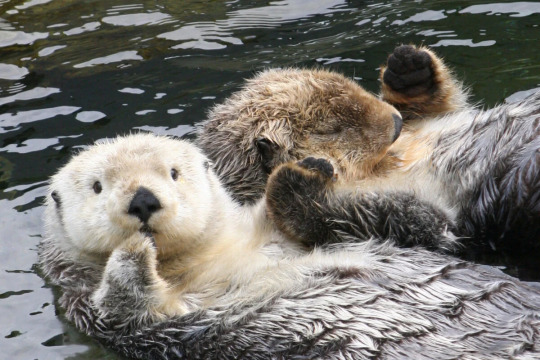
(image: two sea otters holding hands)
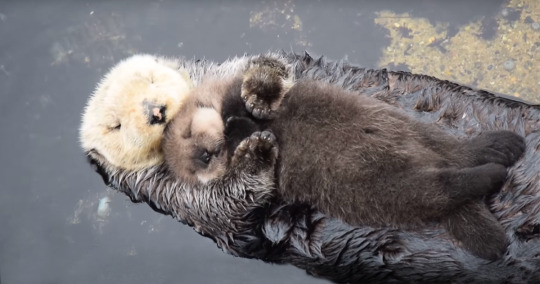
(image: a sea otter mother sleeping with its baby on its stomach)
Sea otters are a classic example of an endangered species. They have been hunted throughout history for their fur. Eventually, this reduced the world population to less than 2000 individuals. They are now the target of conservation measures worldwide and local and international protections, which has helped the population rebound. They still have not regained their historical population or range, though reintroduction measures have helped them reestablish in historical territories. The southern sea otters are the most endangered. Famously, almost all southern sea otters alive today are descended from a group of 50 discovered in 1938, when the subspecies was almost extinct. Sea otters are classified as endangered by the IUCN. Sea otters are a keystone species, having a major ecological impact on their habitats. Famously in California, the near-extinction of southern sea otters resulted in a population boon of sea urchins (their primary prey) which proceeded to kill vast areas of kelp forest. Curren threats include predation, pollution, and habitat loss. Oil spills are particularly devastating to sea otters, as the oil destroys the air layer in their fur, destroying their ability to keep themselves warm.
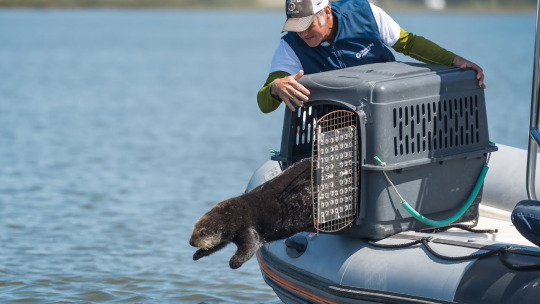
(image: an employee with MBARI releasing a rehabilitated sea otter back into the wild)
#wet beast wednesday#sea otter#otter#marine mammals#wet weasel#water weasel#moist mustelid#marine biology#biology#zoology#ecology#animal facts#adorable
286 notes
·
View notes
Text
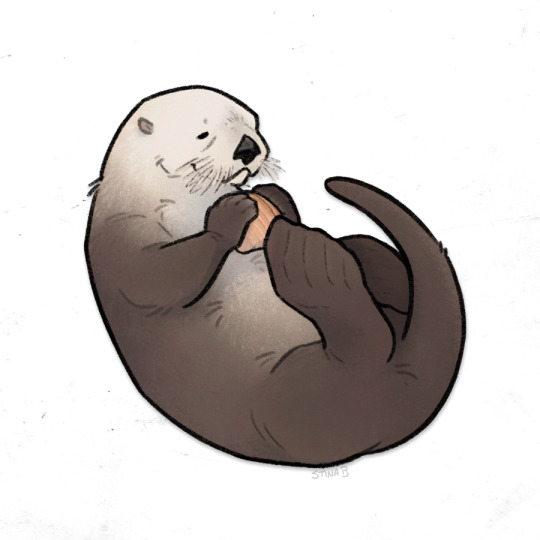
sea otter (Enhydra lutris)
(pins!)
#id in alt#otters#sea otter#animals#i did goof a bit when finishing this -- sea otters' largest back ''toe'' is on the outside#but i think with my final lines and shading it's unclear and looks like the foot is rotated so we're seeing the top#ie it appears like it may be backwards#not terribly glaring on the pin as small as it is though#anyway it's otter month i've decided so i hope you're excited for more wet mustelids
523 notes
·
View notes
Text

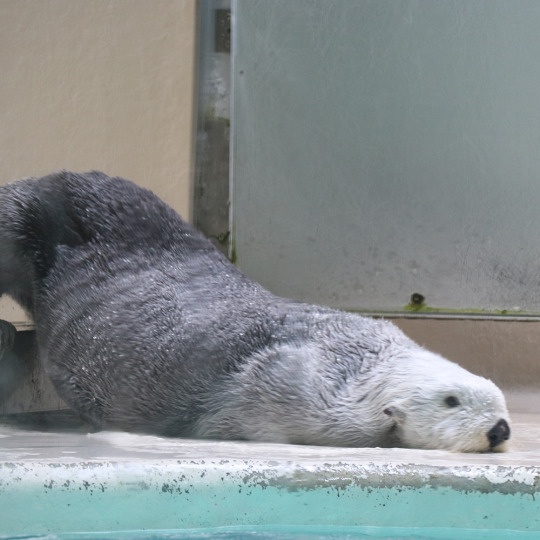
ラッコ、入場
Sea otter entered

うわ〜かうぃい
Oh no cute
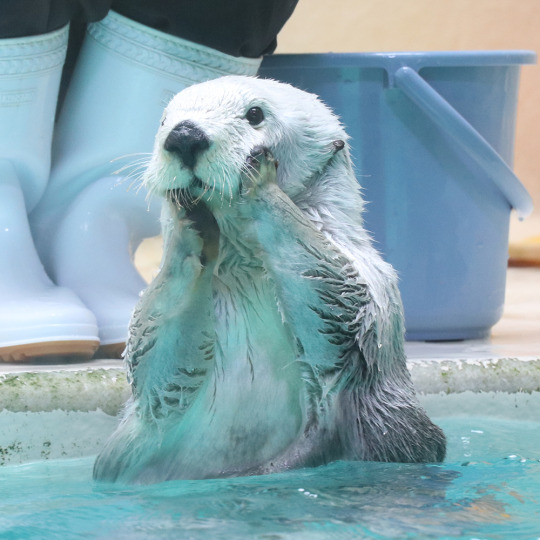
無理
No
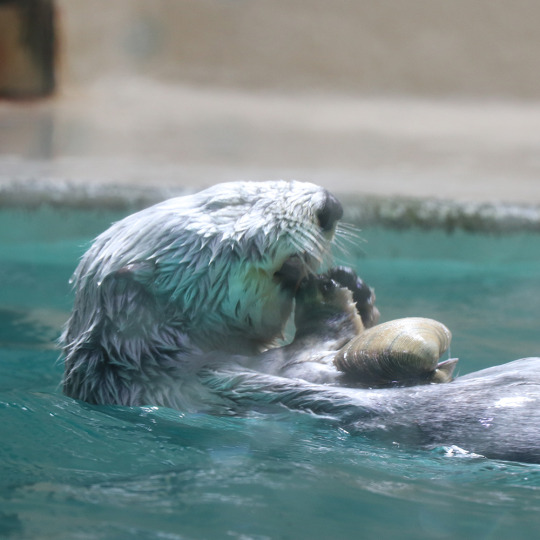
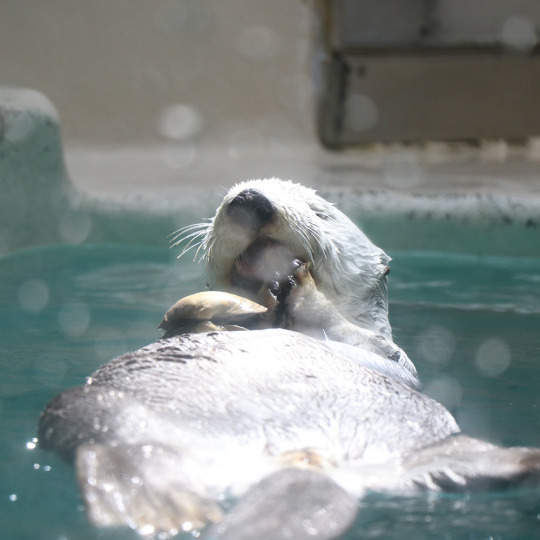
ちょっとかわいすぎる
Toooo cute
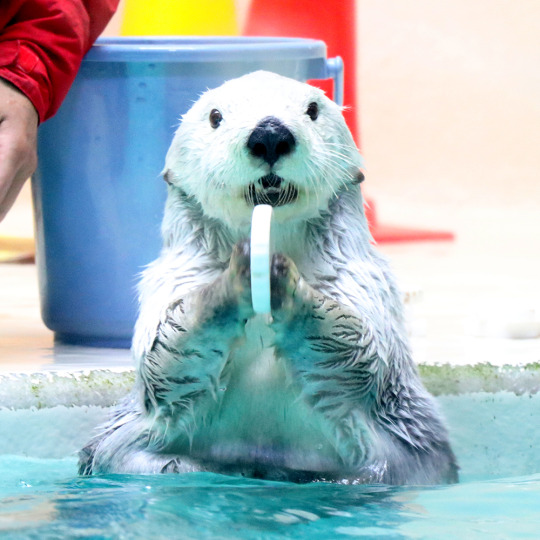


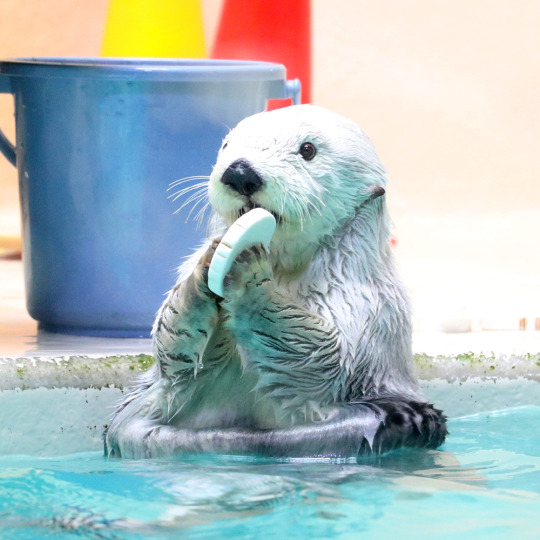
手に負えません
It's out of my control
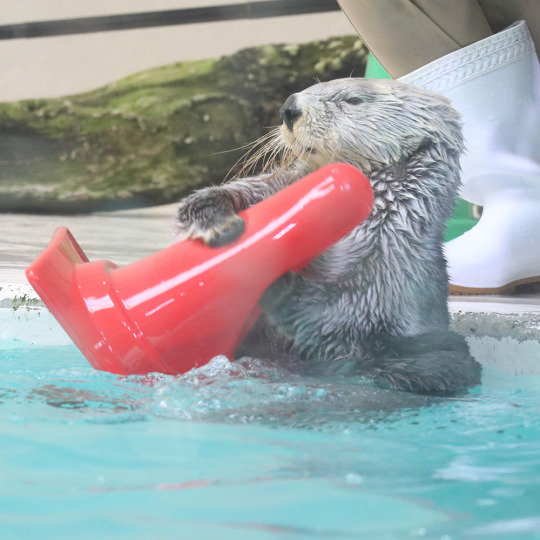

泣きたいよ
it's too cute i want to cry





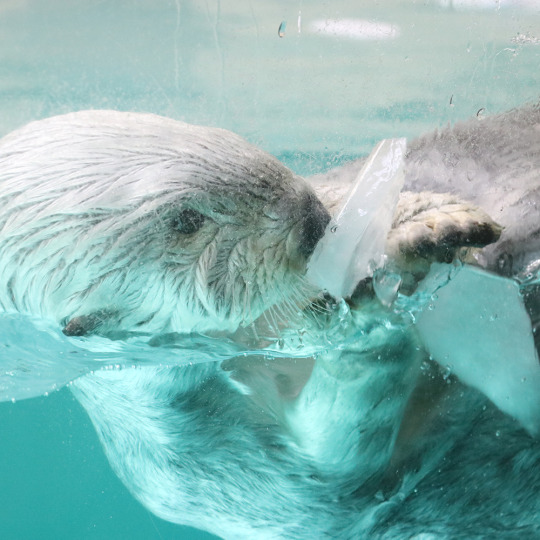
なんなの?
What?

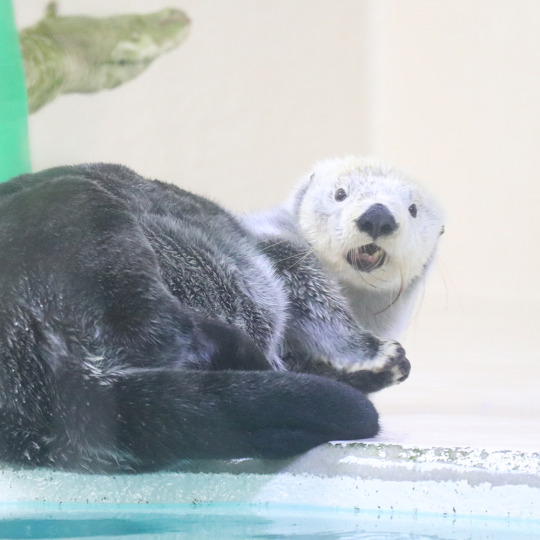
地球の宝すぎるから
You are treasures of the earth
youtube
動画も絶対に見て!
@鳥羽水族館
Be sure to watch the video too!
@Toba Aquarium
48 notes
·
View notes
Photo
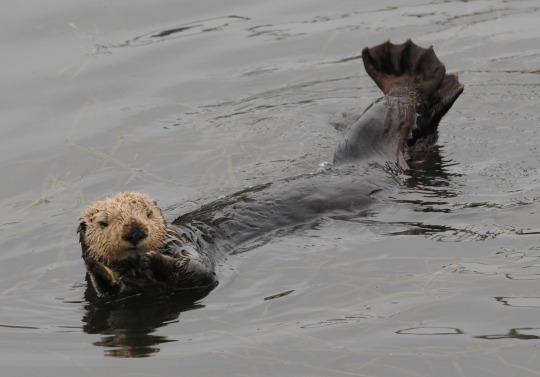
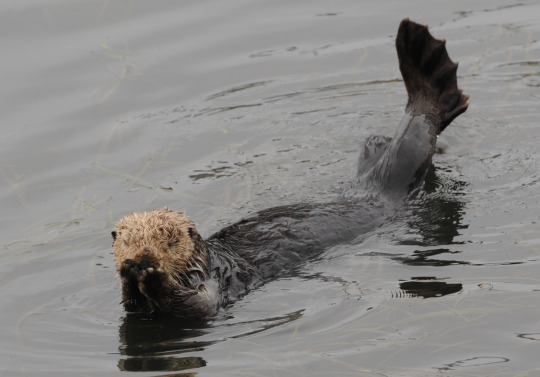
Sea Otter (Enhydra lutris)
#inaturalist#naturalist#nature#ecology#zoology#biology#wildlife#photography#wildlife photography#nature photography#sea otter#sea otters#hawks photos
89 notes
·
View notes
Text
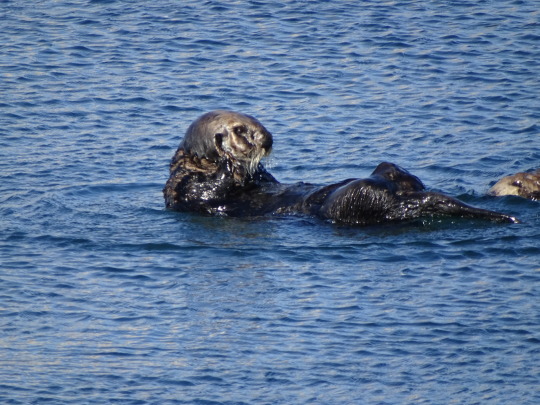
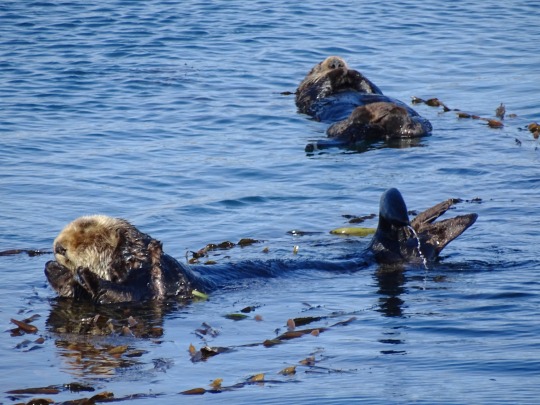



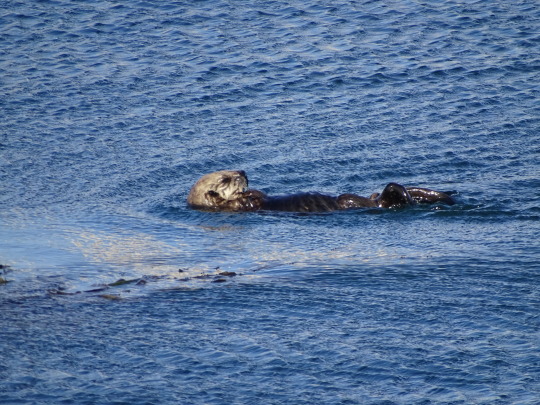
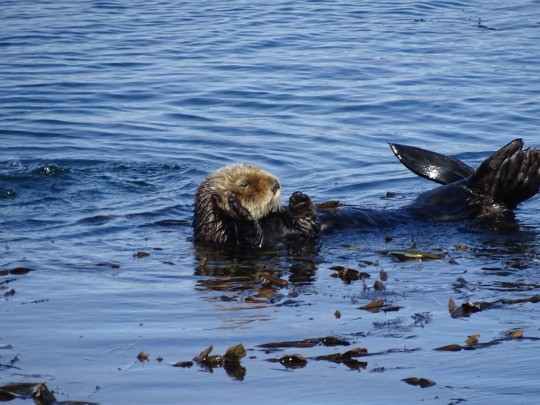
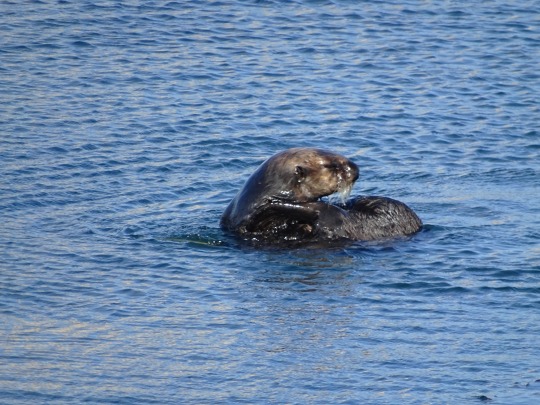
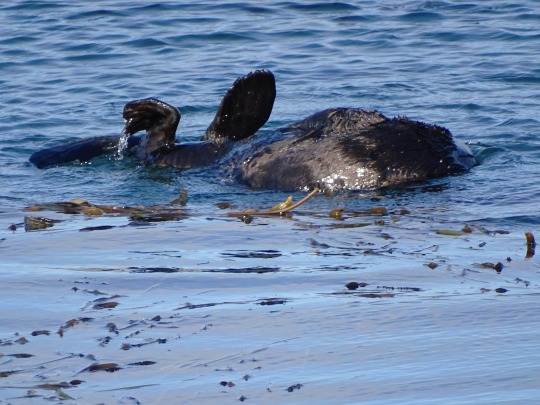


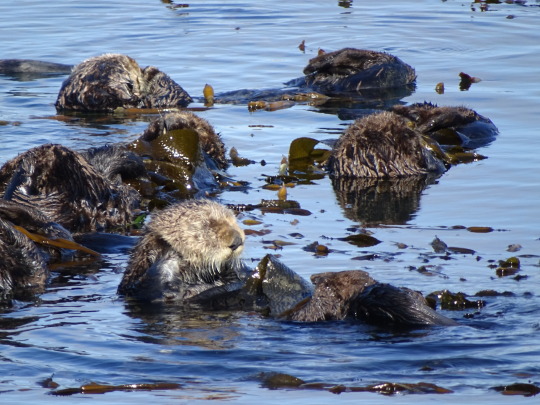
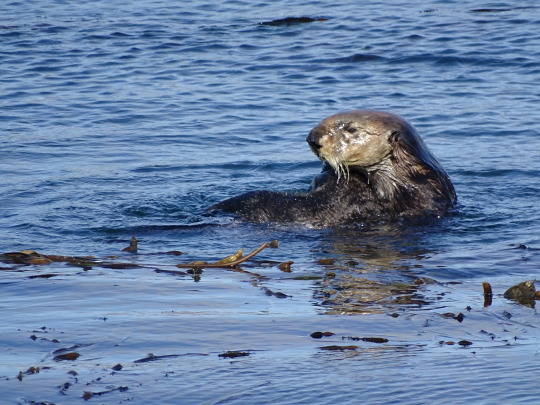
Sea Otter Heaven, Morro Bay (No. 4)
The historic population of California sea otters was estimated at 16,000 before the fur trade decimated the population, leading to their assumed extinction. Today's population of California sea otters are the descendants of a single colony of about 50 sea otters located near Bixby Creek Bridge in March 1938 by Howard G. Sharpe, owner of the nearby Rainbow Lodge on Bixby Bridge in Big Sur. Their principal range has gradually expanded and extends from Pigeon Point in San Mateo County to Santa Barbara County.
Sea otters were once numerous in San Francisco Bay. Historical records revealed the Russian-American Company snuck Aleuts into San Francisco Bay multiple times, despite the Spanish capturing or shooting them while hunting sea otters in the estuaries of San Jose, San Mateo, San Bruno and around Angel Island. The founder of Fort Ross, Ivan Kuskov, finding otters scarce on his second voyage to Bodega Bay in 1812, sent a party of Aleuts to San Francisco Bay, where they met another Russian party and an American party, and caught 1,160 sea otters in three months. By 1817, sea otters in the area were practically eliminated and the Russians sought permission from the Spanish and the Mexican governments to hunt further and further south of San Francisco. In 1833, fur trappers George Nidever and George Yount canoed "along the Petaluma side of [the] Bay, and then proceeded to the San Joaquin River", returning with sea otter, beaver, and river otter pelts. Remnant sea otter populations may have survived in the bay until 1840, when the Rancho Punta de Quentin was granted to Captain John B. R. Cooper, a sea captain from Boston, by Mexican Governor Juan Bautista Alvarado along with a license to hunt sea otters, reportedly then prevalent at the mouth of Corte Madera Creek.
Source: Wikipedia
#Sea Otter Heaven#California sea otter#Enhydra lutris#Morro Bay#hotel#travel#original photography#vacation#tourist attraction#USA#summer 2022#Califorina#West Coast#San Luis Obispo County#wildlife#animal#seaweed#Morro Rock Ecological Preserve#Pacific Ocean#beach#cityscape#landscape#seascape#kelp#fauna#landmark#marine mammal
2 notes
·
View notes
Text

INKTOBER 2023 Day 14 - Sea otter (Enhydra lutris)
Patreon / Ko-fi / Society6 / Redbubble / Commissions / Colouring book
50 notes
·
View notes
Text

sea otter - enhydra lutris
#animalposting#sea otters#lovelies!#they are so very precious#when they do this and hold hands its called rafting#rafts can contain thousands of otters at a single time all sleeping#they have some of the densest fur in the animal kingdom that keeps them both warm and buoyant#the only marine mammal to use tools!
2 notes
·
View notes